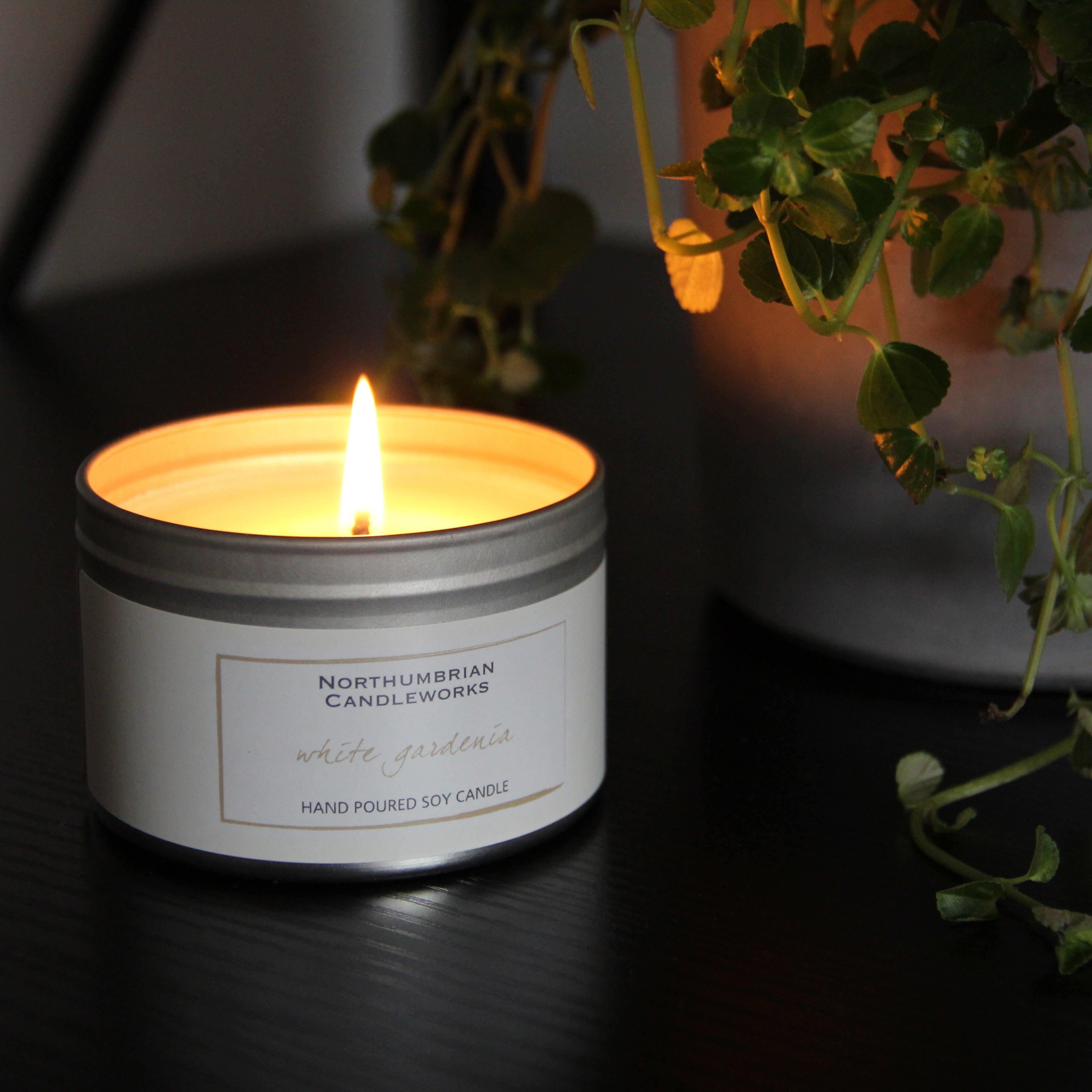From Wick to Wax: Understanding the Chemistry Behind Soy Wax Candles and Their Environmental Effect
As we brighten our rooms with the warm radiance of candles, there exists a realm of elaborate chemistry behind the seemingly simple act of lighting a soy wax candle light. Join us as we decipher the scientific complexities behind soy wax candle lights and explore their effects on our environment.
Soy Wax Vs. Paraffin Wax
When comparing soy wax and paraffin wax for candle light making, it is important to comprehend the distinct characteristics and benefits of each material. Soy wax is a natural, renewable energy stemmed from soybean oil, making it biodegradable and green - candles. On the other hand, paraffin wax is a result of petroleum refining, which increases concerns concerning its ecological influence and sustainability
Soy wax candle lights melt cleaner and give off much less soot contrasted to paraffin wax candle lights, making them a healthier option for interior air high quality. In addition, soy wax has a lower melting point, permitting for a longer-lasting candle that distributes scent better. Paraffin wax, on the other hand, tends to burn faster and much less easily, potentially releasing damaging chemicals right into the air.
From a sustainability point of view, soy wax is preferred for its biodegradability and sustainable sourcing, lining up with the growing consumer choice for environmentally aware products. While paraffin wax has been a typical choice in candle making as a result of its cost and simplicity of usage, the shift towards environment-friendly options like soy wax is gaining momentum in the sector.
Chemical Make-up of Soy Wax

Combustion Process in Soy Candles
The chemical structure of soy wax straight influences the burning procedure in Extra resources soy candles, impacting factors such as melt time, aroma launch, and ecological effect. When a soy candle light is lit, the warm from the flame thaws the wax near the wick.
The combustion performance of soy candles is affected by the pureness of the soy wax and the high quality of the wick. Additionally, soy wax candles have a lower ecological impact contrasted to paraffin candle lights due to their biodegradable and sustainable nature.

Ecological Advantages of Soy Wax

Thought about a sustainable choice to conventional paraffin wax, soy wax uses notable environmental benefits that make it a popular choice among eco-conscious consumers. One considerable advantage of soy wax is its renewable sourcing. Soy wax directory is originated from soybean oil, which is predominantly cultivated in the United States. The growing of soybeans aids sustain regional farmers and lowers the reliance on non-renewable nonrenewable fuel sources utilized in paraffin wax production. Furthermore, soy wax is eco-friendly, implying it damages down naturally without releasing damaging contaminants right into the More Help setting. This particular makes soy wax candle lights an extra eco-friendly choice contrasted to paraffin wax candles, which are made from petroleum, a non-renewable resource. In addition, soy wax burns cleaner and produces much less residue than paraffin wax, adding to better interior air top quality and decreasing the requirement for cleaning and upkeep. In general, the ecological advantages of soy wax straighten with the expanding need for environmentally friendly and sustainable products out there.
Recycling and Disposal Factors To Consider
Recycling and correct disposal of soy wax candle lights play a crucial role in maintaining ecological sustainability and lowering waste in areas and households. When it comes to recycling soy wax candle lights, the very first action is to make sure that the candle has actually shed entirely.

In terms of disposal, if recycling is not a choice, soy wax candle lights are naturally degradable and can be safely thrown away in a lot of home waste systems. However, it is always recommended to get in touch with local recycling centers or waste administration solutions for specific guidelines on candle disposal to ensure correct handling and environmental security.
Final Thought
In conclusion, the chemistry behind soy wax candles discloses their environmental benefits over paraffin wax candle lights. Soy wax, derived from soybean oil, burns cleaner and produces less residue when compared to paraffin wax.
When contrasting soy wax and paraffin wax for candle making, it is important to recognize the distinct characteristics and benefits of each material (soy wax candles).Soy wax candle lights burn cleaner and emit less residue contrasted to paraffin wax candle lights, making them a much healthier selection for interior air top quality.Considered a sustainable option to typical paraffin wax, soy wax supplies notable environmental advantages that make it a popular choice amongst eco-conscious customers. Soy wax burns cleaner and creates less residue than paraffin wax, contributing to much better interior air high quality and minimizing the need for cleaning and upkeep.In verdict, the chemistry behind soy wax candle lights exposes their environmental advantages over paraffin wax candle lights